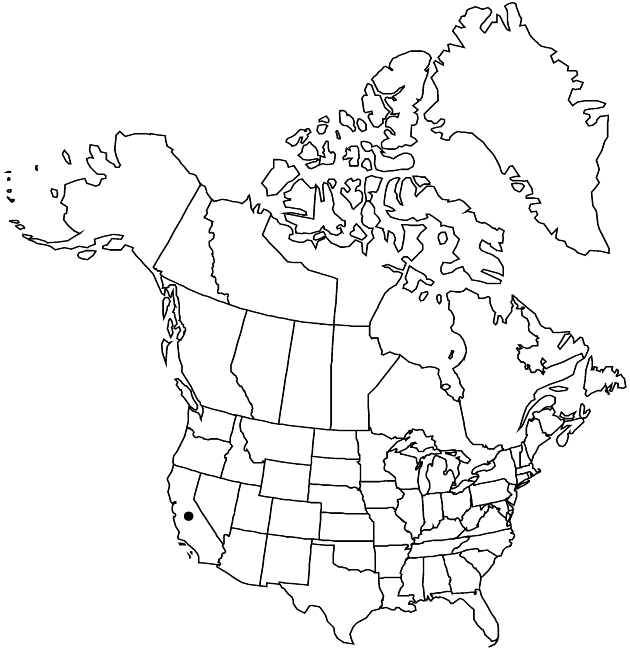Difference between revisions of "Scorzonera hispanica"
Sp. Pl. 2: 791. 1753.
Common names: Black or Spanish salsify
Introduced
imported>Volume Importer |
imported>Volume Importer |
||
| Line 53: | Line 53: | ||
|publication year=1753 | |publication year=1753 | ||
|special status=Introduced | |special status=Introduced | ||
| − | |source xml=https:// | + | |source xml=https://bitbucket.org/aafc-mbb/fna-data-curation/src/2e0870ddd59836b60bcf96646a41e87ea5a5943a/coarse_grained_fna_xml/V19-20-21/V19_455.xml |
|tribe=Asteraceae tribe Cichorieae | |tribe=Asteraceae tribe Cichorieae | ||
|genus=Scorzonera | |genus=Scorzonera | ||
Latest revision as of 20:51, 5 November 2020
Perennials. Leaf blades 120–400 × (1–)3–6 mm, margins entire (flat or undulate). Involucres 20–30 × 8–12+ mm. Phyllaries ovate-lanceolate to lanceolate, glabrous. Cypselae 10–15(–20) mm; pappi 9–15(–20) mm. 2n = 14.
Phenology: Flowering Jun–Jul.
Habitat: Disturbed sites
Elevation: 10–200 m
Distribution

Introduced; Calif., Europe.
Discussion
Scorzonera hispanica sometimes is used culinarily.
Selected References
None.
Lower Taxa
None.